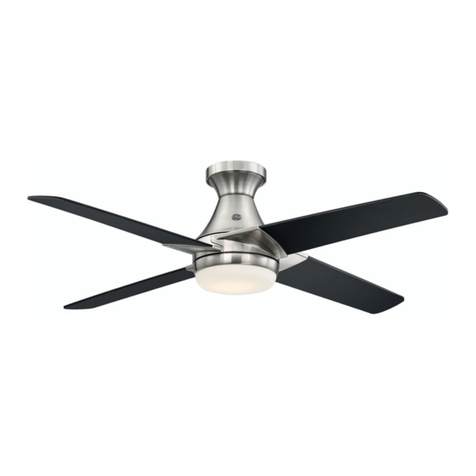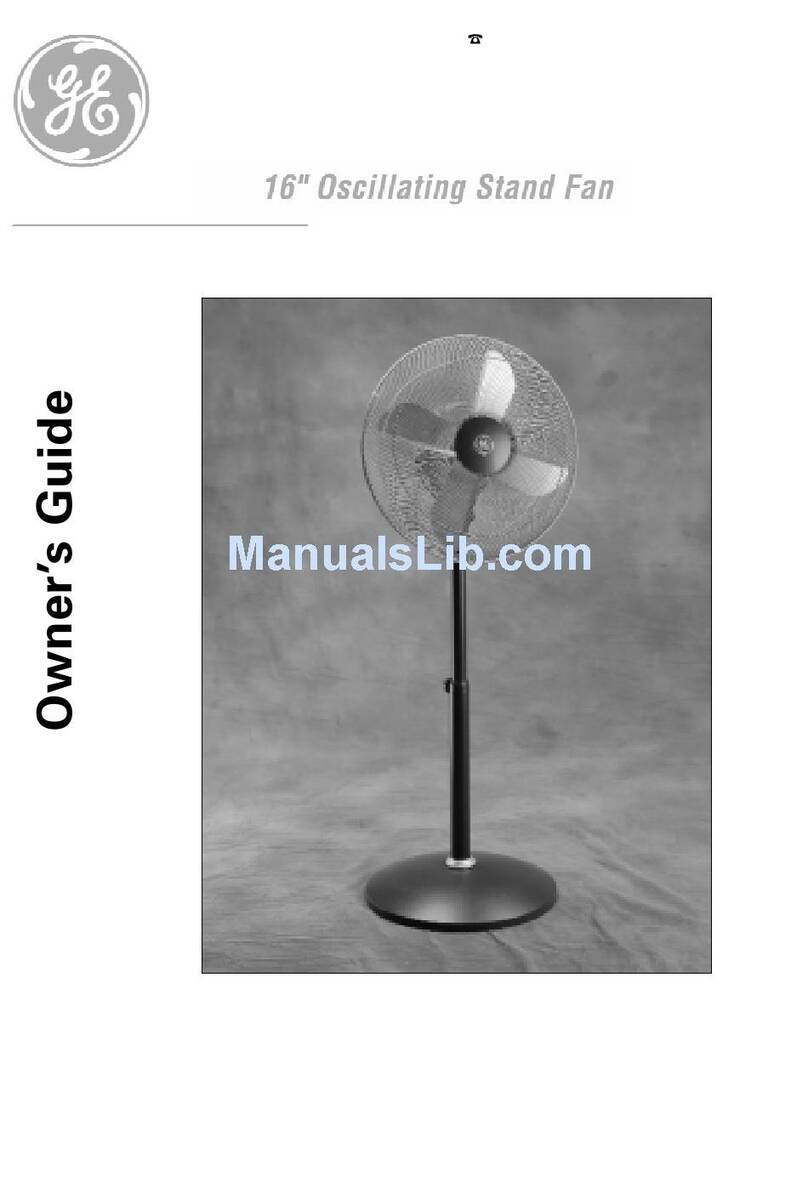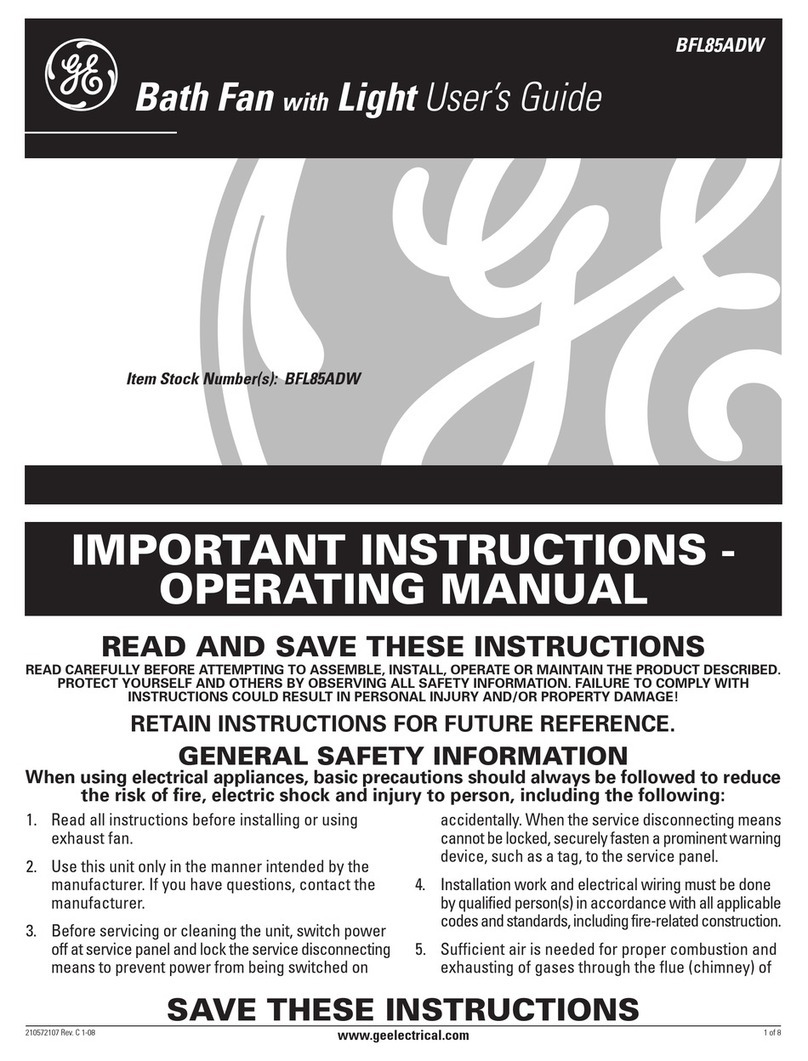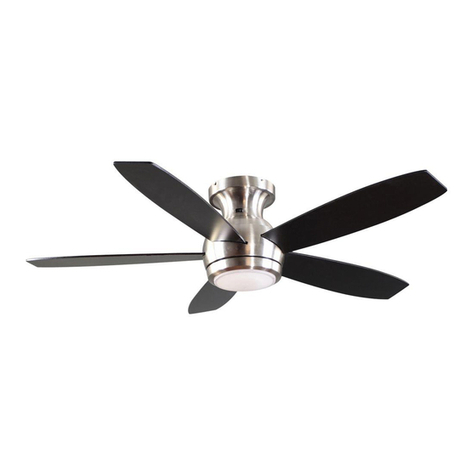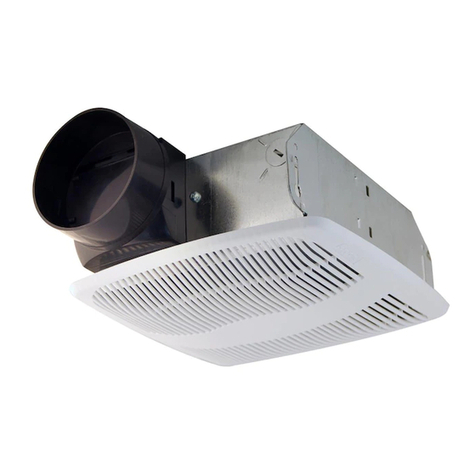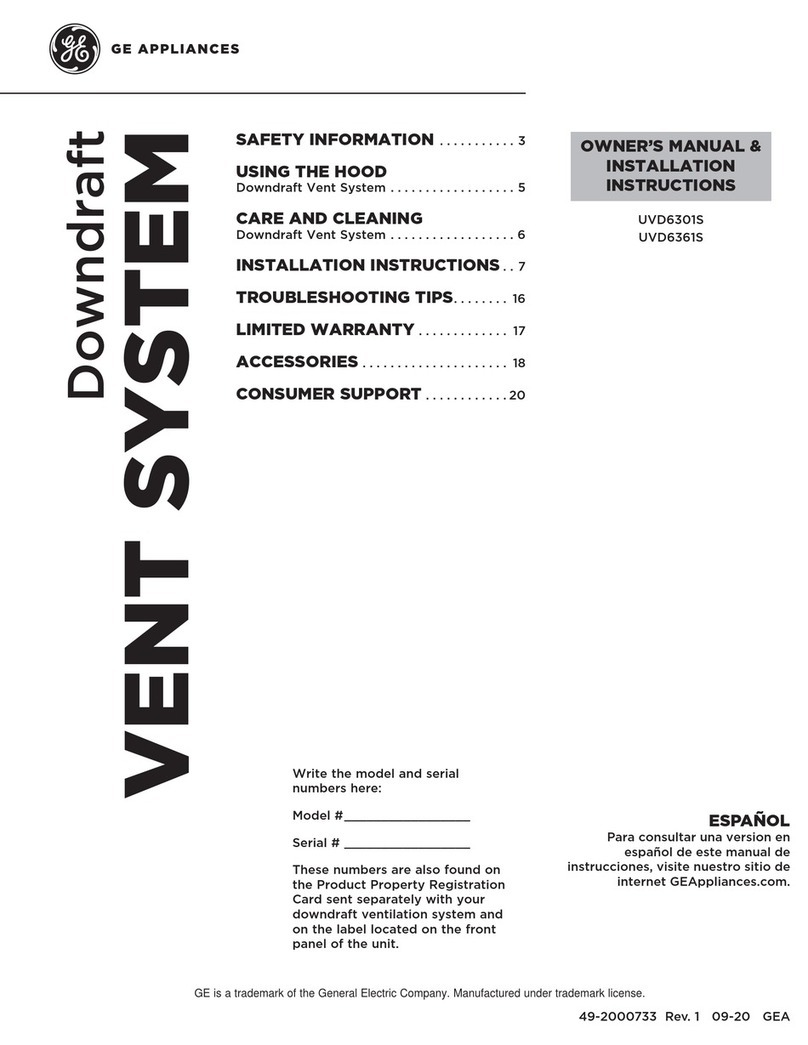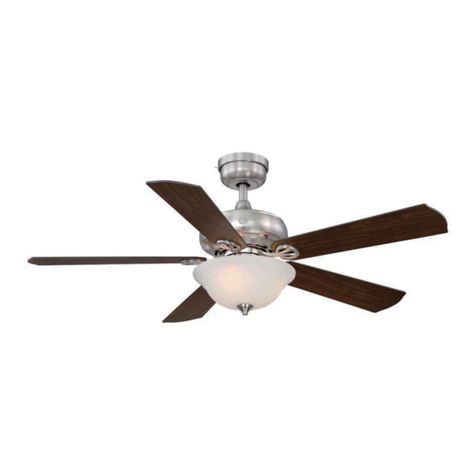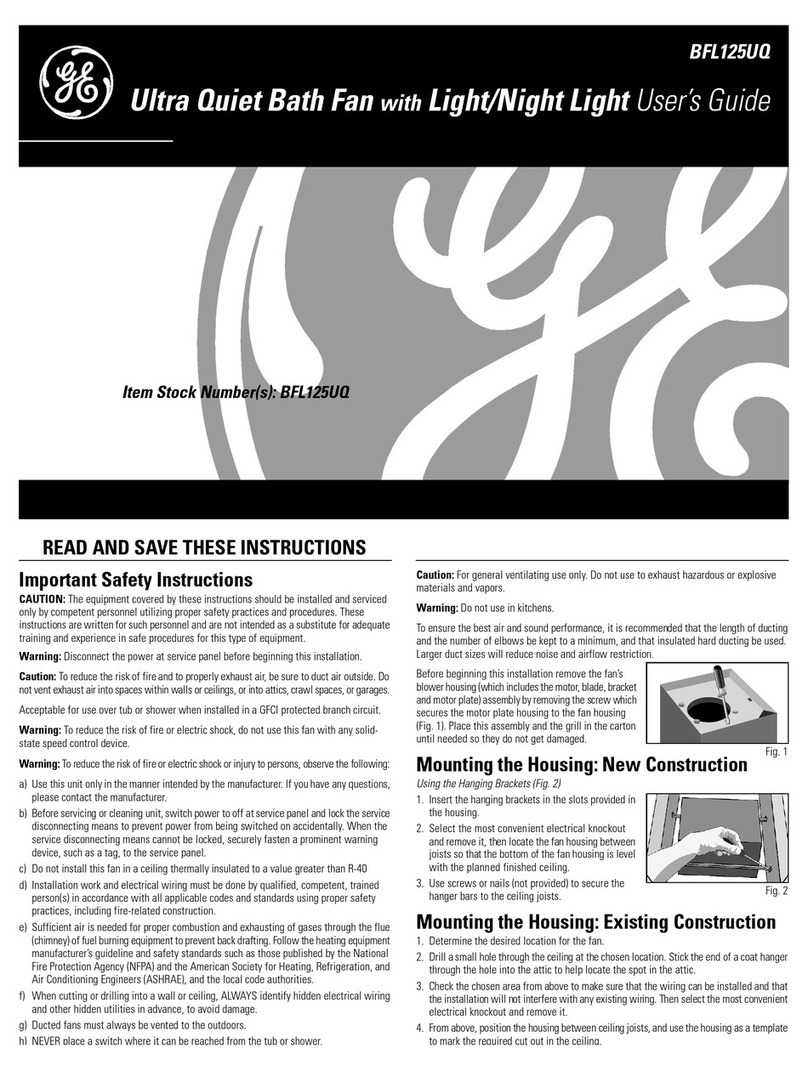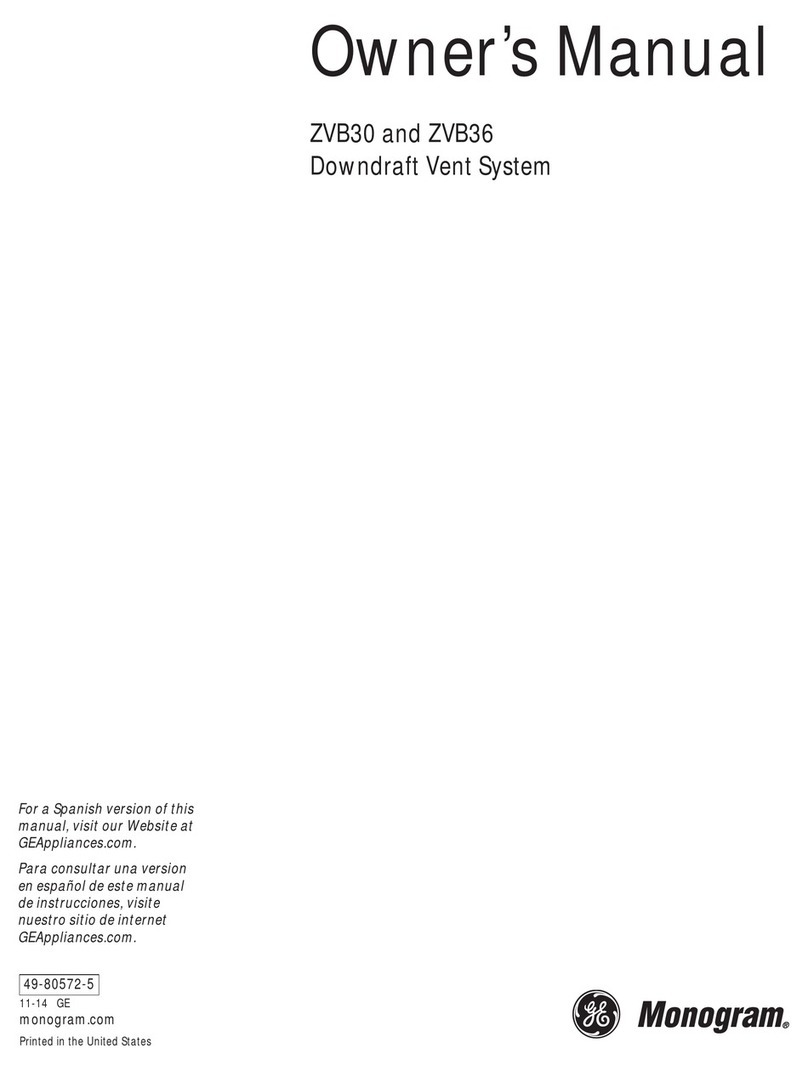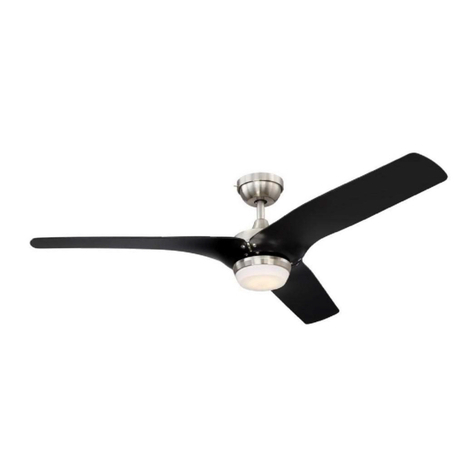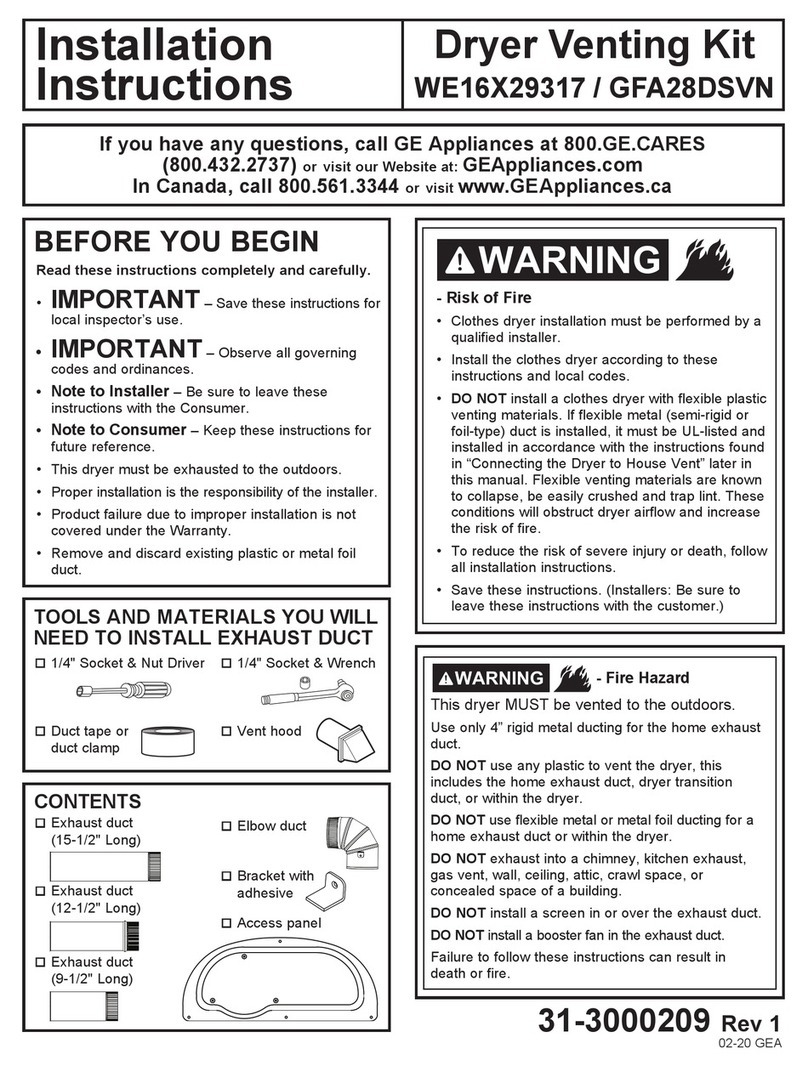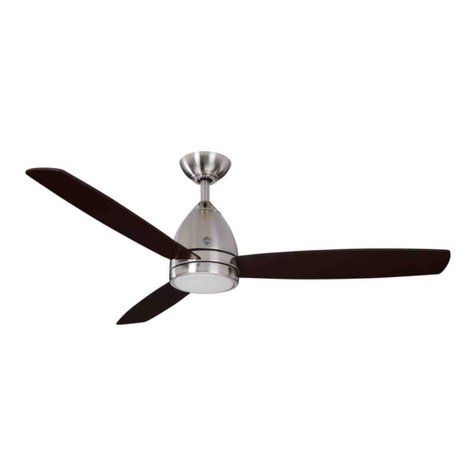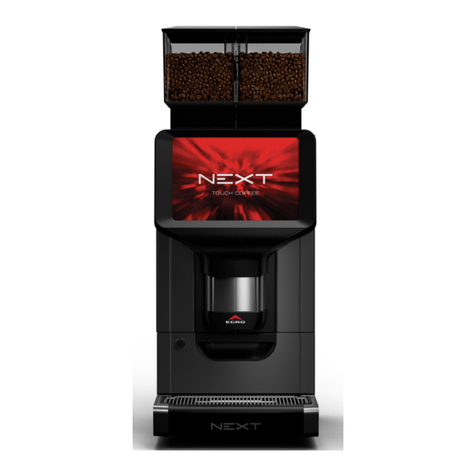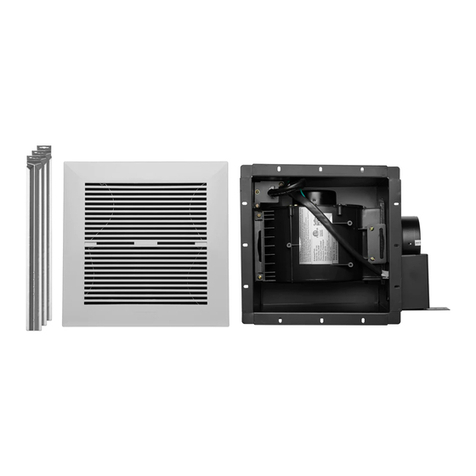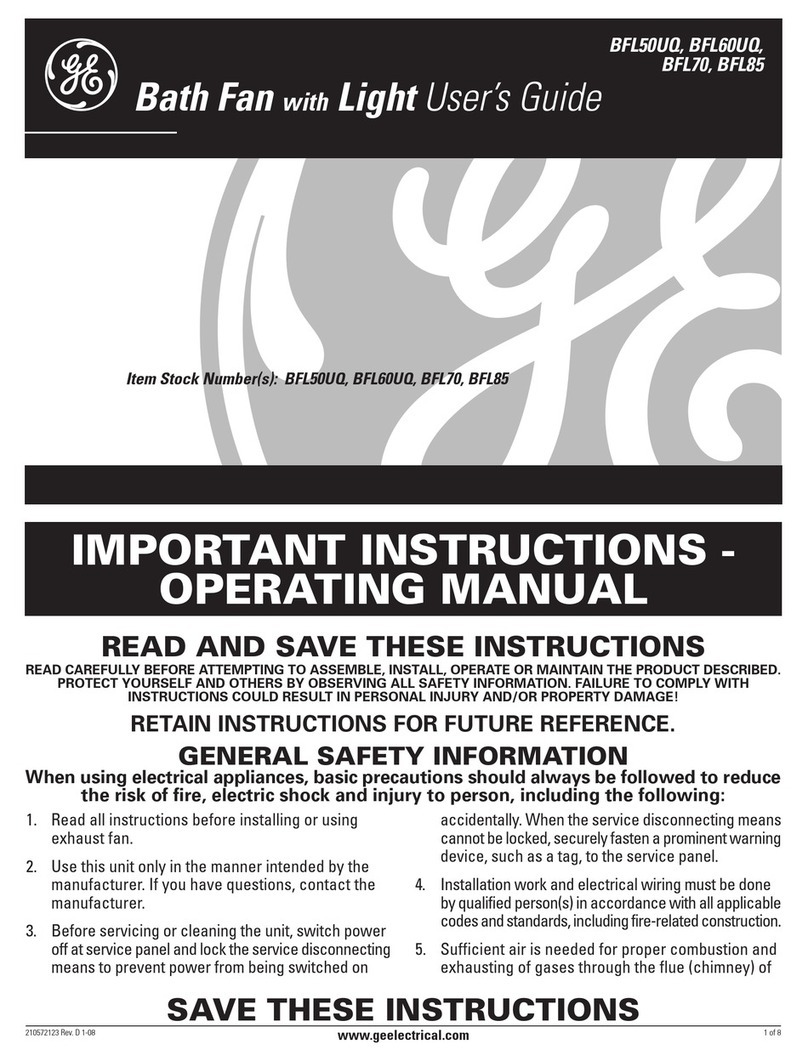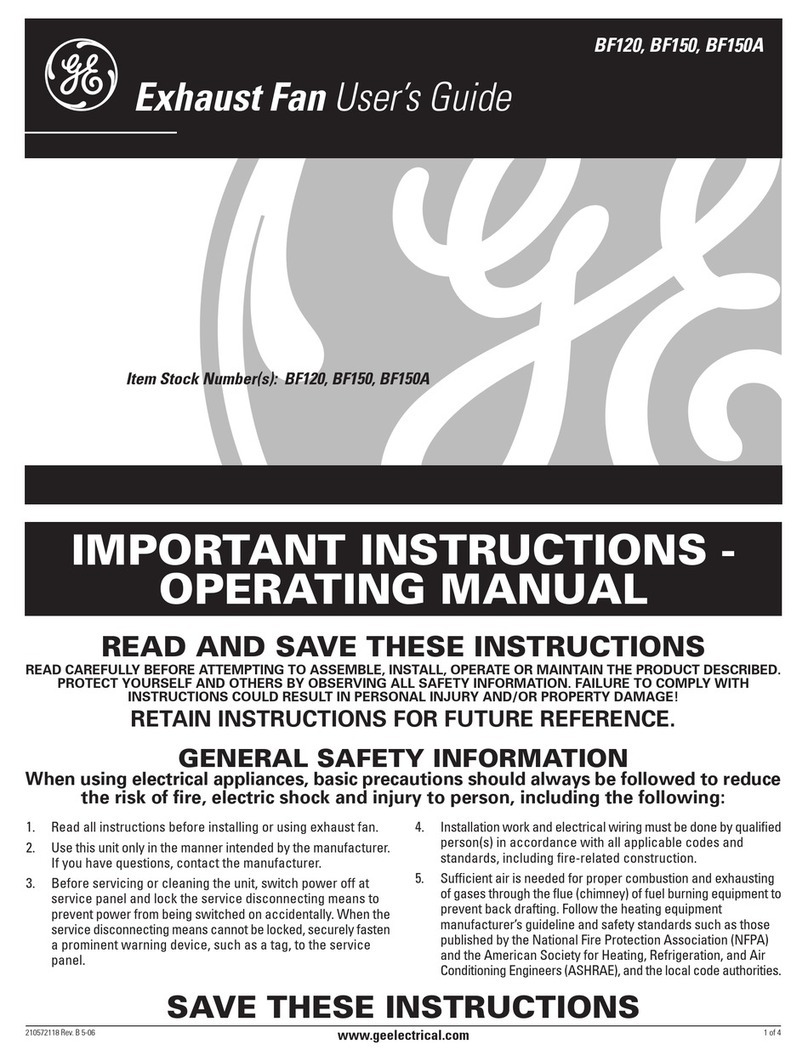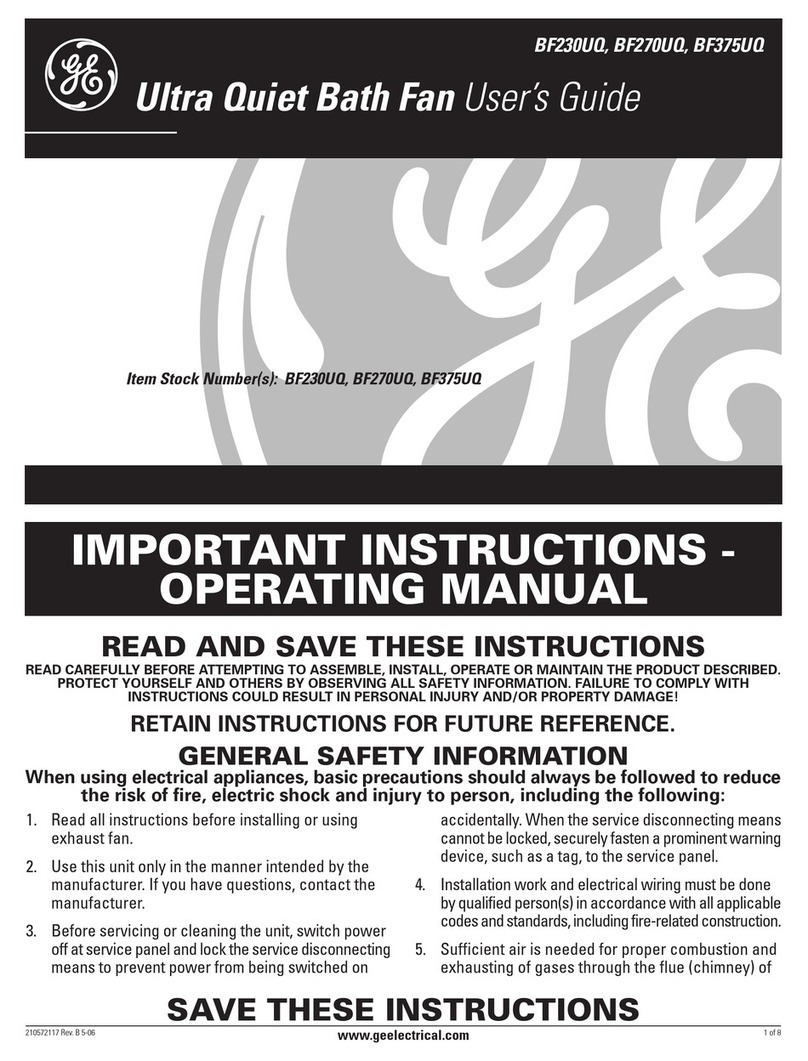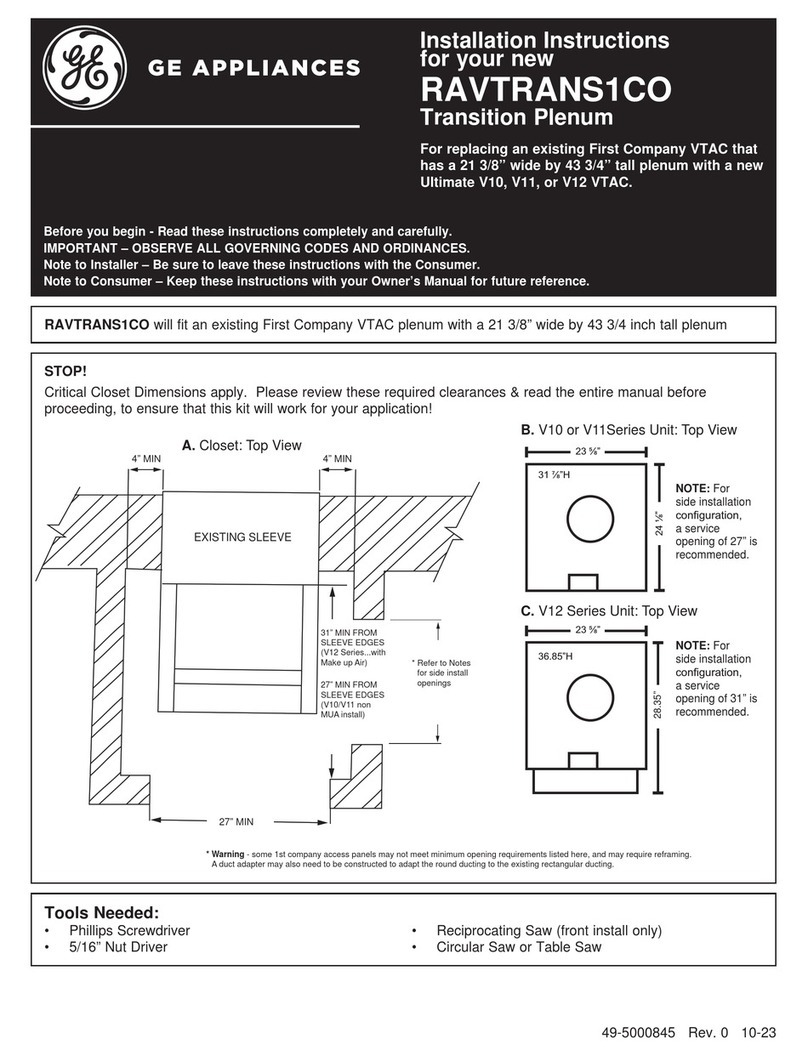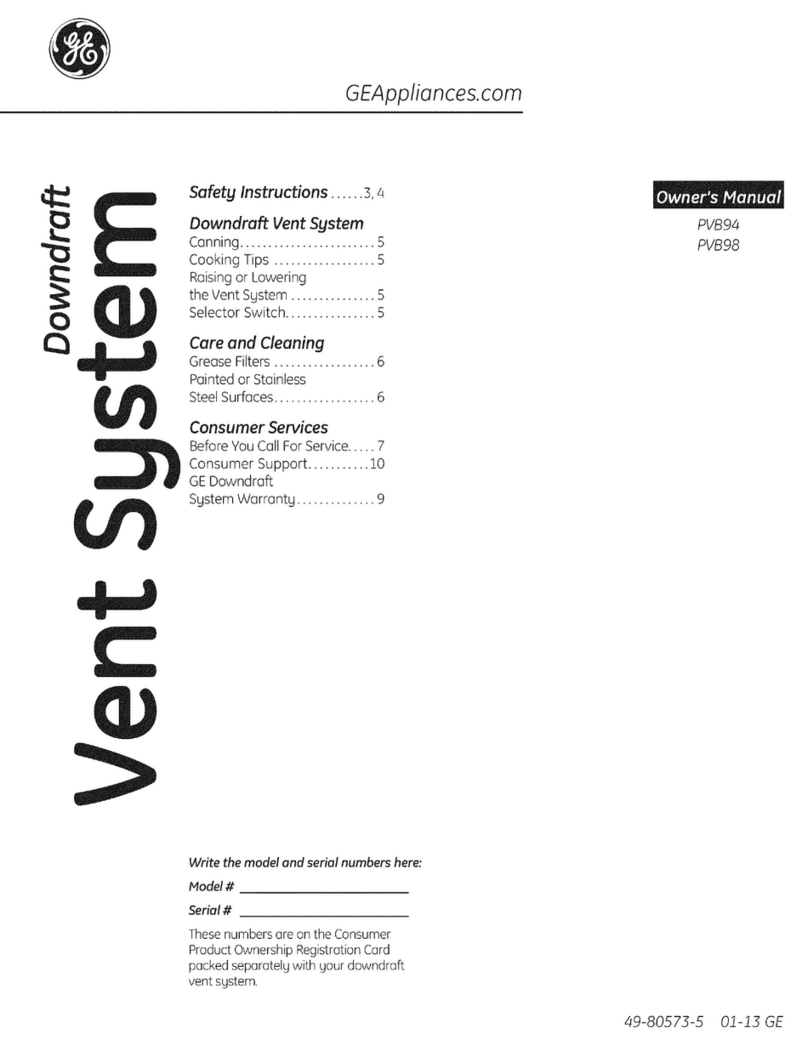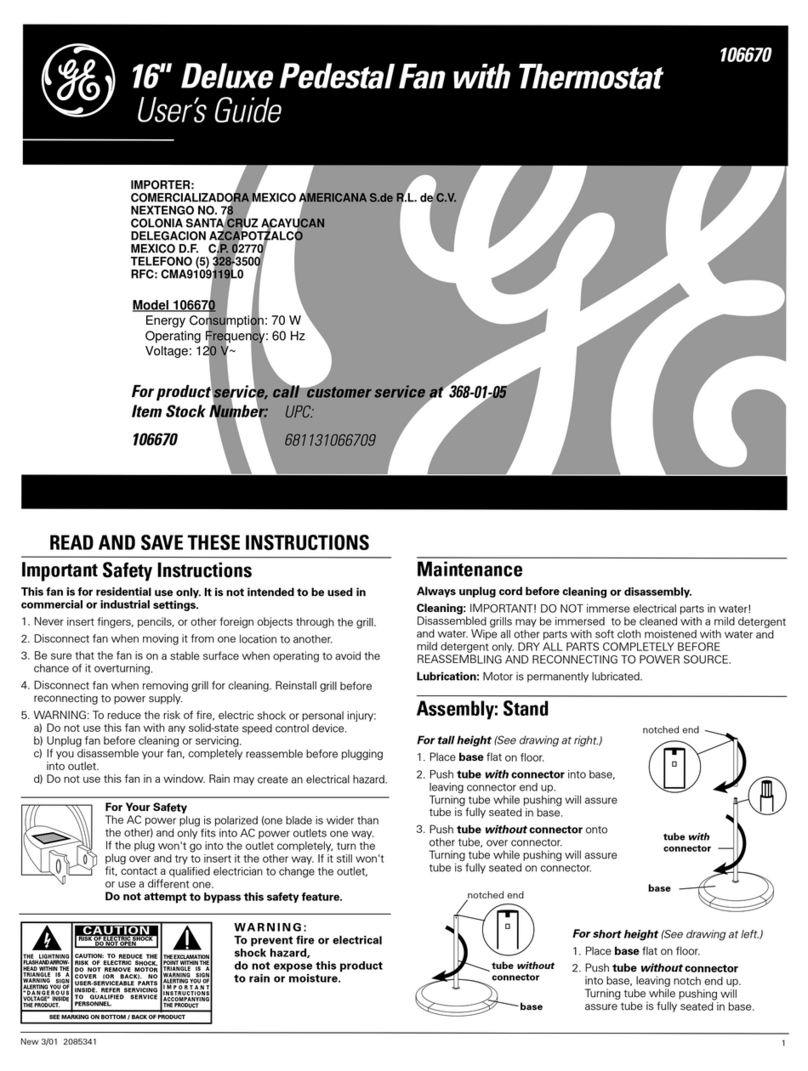
+*
---__ -....
*
,,1
TALE
OF
CONTENTS
PAGE
SECTION
1.
INTRODUCTION
................... 1
1.1
GENERAL
................
.. .. ... *.................... .
-i
1.2
SCOPE
.....
..
....................
... .......... .
.....
.. -1,1
1.3
REPLACEMENT
OF
PARTS
....................... .......
I-.1
SECTION
2.
SYSTEM DESCRIPTION
............................. .....
1-2.1
2
1
GENERAL
,
.. . . ..........
.*
.......... .
1-2.
1
2.2
BASIC
FAN
DESCRIPTION
.......................... * ... .......
1-2.1
2.3
SYSTEM ORIENTATION
.......................
.....
#
............
1-2.3
2.4
ROTOR
COMPONENT
DESCRIPTION
...............................
1-2.4
2.5
Shaft
and
Disc ...................
0
,
..... ...... .. ......
1-2.4
2.6
Blade Retainer
Rings
.....................
o
............
1-2.4
2.7
Rotor
Blades
.......................
..
....
....
...
1-2.4
2.8
Blade Platforms .................................
o
........
.
1-2.5
2.9
Torque
Band
Segments
..--.................
.....
..
1-2.5
2.10
Carrier
Segment
Seal
.....................................
1-2.5
2.11
Blade Shroud
Cover ........................................
1-2.6
2.12
.3lade
Carrier
Pins.
...................................
..
1-2.5
2.13
Lock
Pin
..................................................
..
1-2.6
2.14
Lock
Strip
...........
#.......
............
0...........
0........
1-2.6
2.15
Turbine
Bucket Carrier
Assembly
.........................
1-2.7
2.16
Turbine Buckets
...................... .........
#
......
1-2.7
2.17
Bucket Tip Shrouds
................... ............. ........
1-2.7
2.18
Bucket Caryier
...
. ...................
...
1-2.7
2.19
Bucket
Carrier
Tabs
.................................
.....
1-2.8
2.20
Balance
Weight
.
........
...
..................
1-2.8
2.21
Tie
Bolts,
Washers and
Nuts
.... ... ................
1-2.8
2.22
FRONT
FRAME
DESCRIPTION
.. ...... ......... ..................
1-2.9
2.23
Hub
............................... .....
....
...
..
......
1-2.9
2.24
Housing
-
Roller Bearing
....... o....... o.....
pit*
... .i-2.10
2.25
Bearing
System
.............. o
......... ......... o....
1-2.10
I-i






